In the vast world of construction, steel stands out as one of the most interesting and versatile materials. Thanks to its composition, it combines properties such as mechanical strength and structural lightness, as well as durability and recyclability.
Its use in the building sector does not merely respond to functional needs but offers multiple benefits: environmental sustainability, market competitiveness, design flexibility, and structural innovation.
The following paragraphs will explore these strengths, highlighting how steel is not only an ally of contemporary construction but also a driver for opening the market to new design and building scenarios.
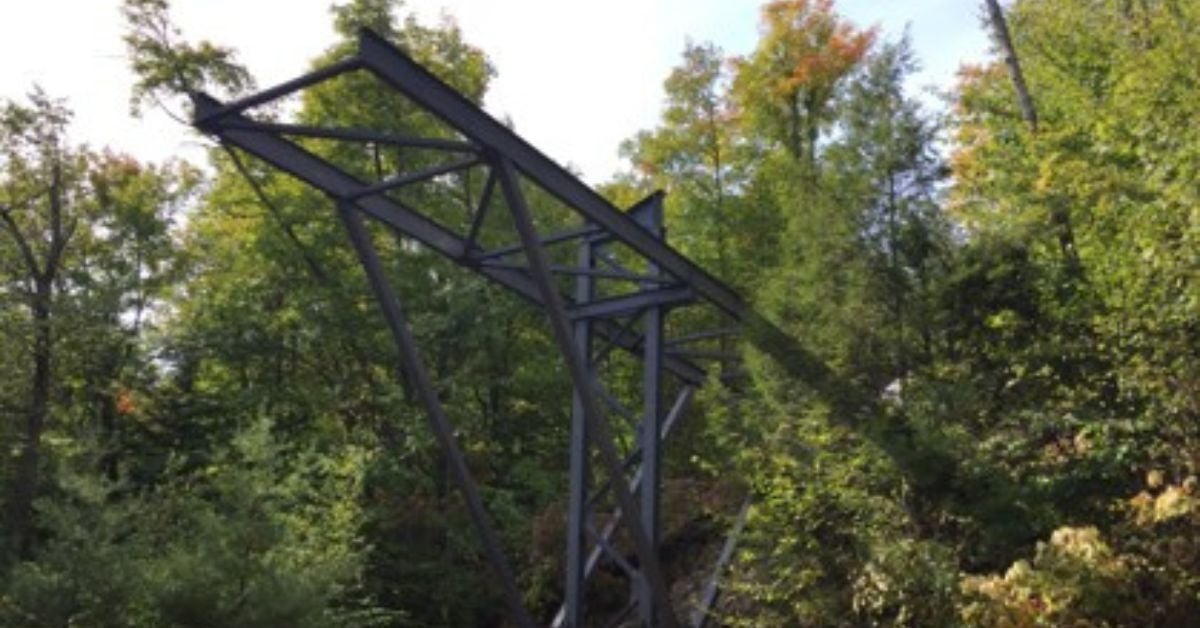
Environmental Sustainability
Steel stands out as a construction material capable of addressing the environmental challenges of modern construction, offering concrete solutions for truly sustainable development. It is infinitely recyclable without losing mechanical performance, making it a key resource in the circular economy and in reducing CO₂ emissions, thereby directly contributing to global climate goals.
But environmental care goes further: steel also allows for off-site prefabrication, meaning components can be manufactured in the factory to reduce on-site processing—and consequently, environmental impact.
In addition, it offers extraordinary design versatility, enabling the creation of modular structures that are perfectly integrated with the natural context. Far from imposing rigid, standardized forms, steel adapts to the landscape, respecting its morphology and enabling less invasive architectural solutions.
For all these reasons, steel is not just a construction material, but a true enabler of sustainable, responsible, and future-oriented architecture.
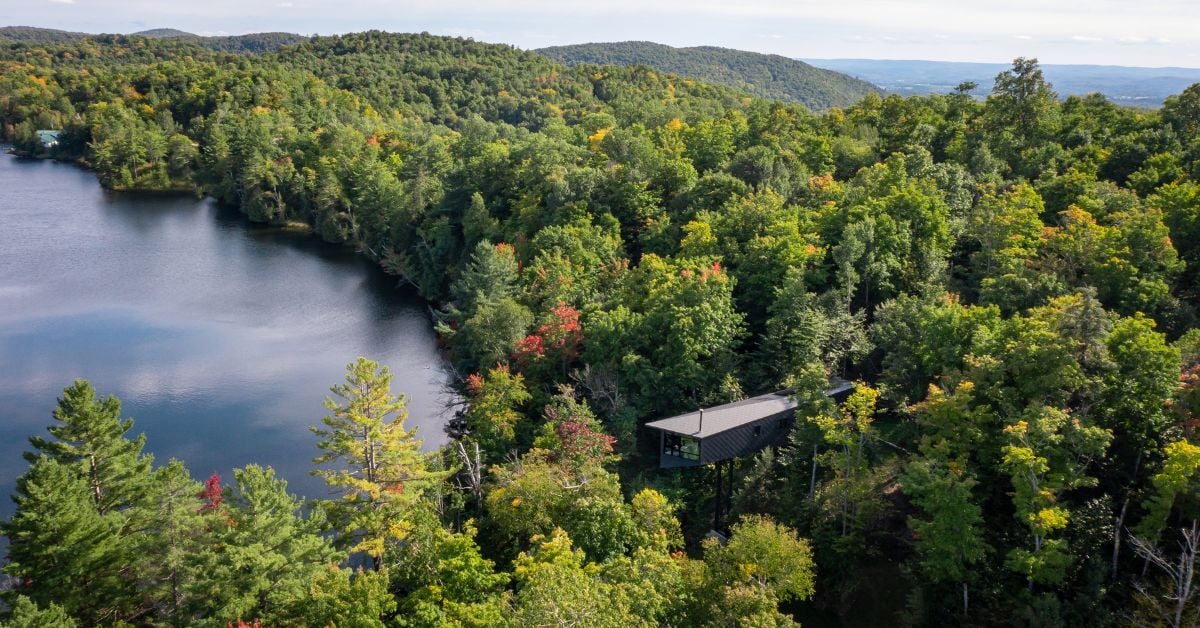
Competitiveness
From a competitiveness perspective, steel stands out for its ability to address two key aspects of today’s construction sector. On one hand, it meets increasingly strict sustainability requirements; on the other, it offers design freedom beyond the limits of traditional construction methods. This flexibility also makes it possible to build in environmentally sensitive areas, adapting to the landscape without altering it.
In this way, steel opens new opportunities to expand buildable areas in a respectful and intelligent manner, turning sustainability into a real competitive advantage for companies and designers.
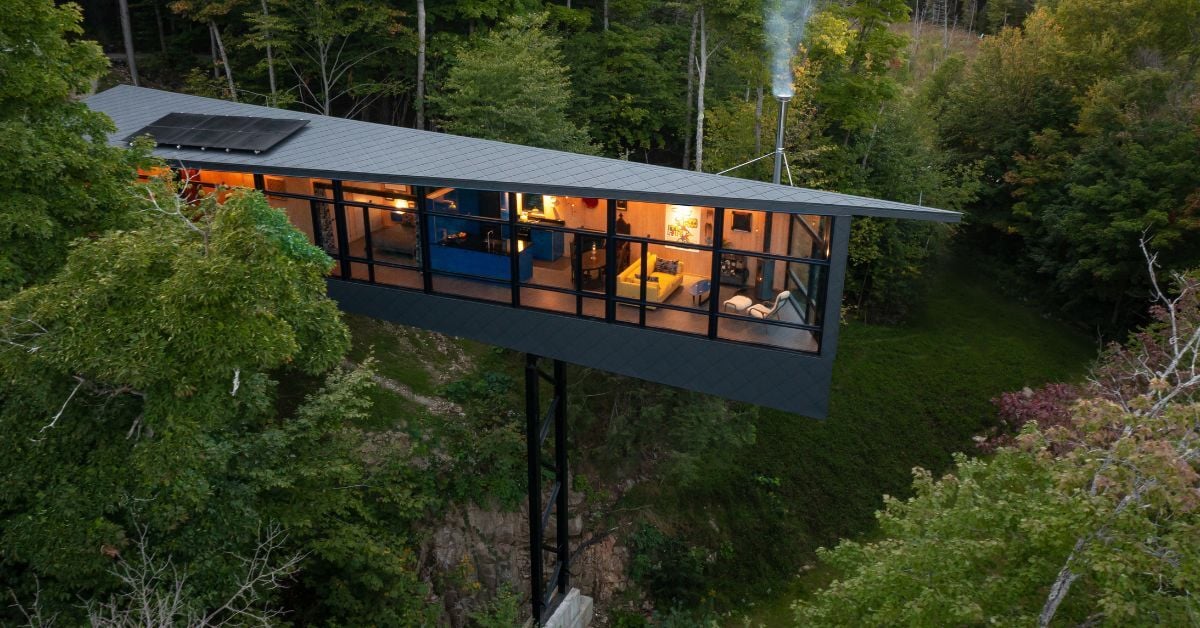
Structural Versatility and Modularity
The two main technical features of Steel are structural versatility and modularity.
Its versatility is fully expressed in its ability to adapt to a wide range of applications, contexts, and design requirements, both architectural and structural. Steel can be precisely shaped according to need, thanks to numerous processing options, allowing for tailored, high-performance solutions aligned with the highest technical and environmental standards. This customizability makes steel a highly efficient material, suitable for even the most complex design challenges and ambitious contemporary architecture.
The modularity of dry construction systems is also one of its greatest strengths, especially in terms of time flexibility. By assembling independent and easily connectable elements, spaces can be reconfigured quickly and without invasive interventions. The removal or repositioning of walls and dividers allows spaces to adapt to new functions, supporting architectural changes, renovations, and expansions without compromising the load-bearing structure or causing long downtimes.
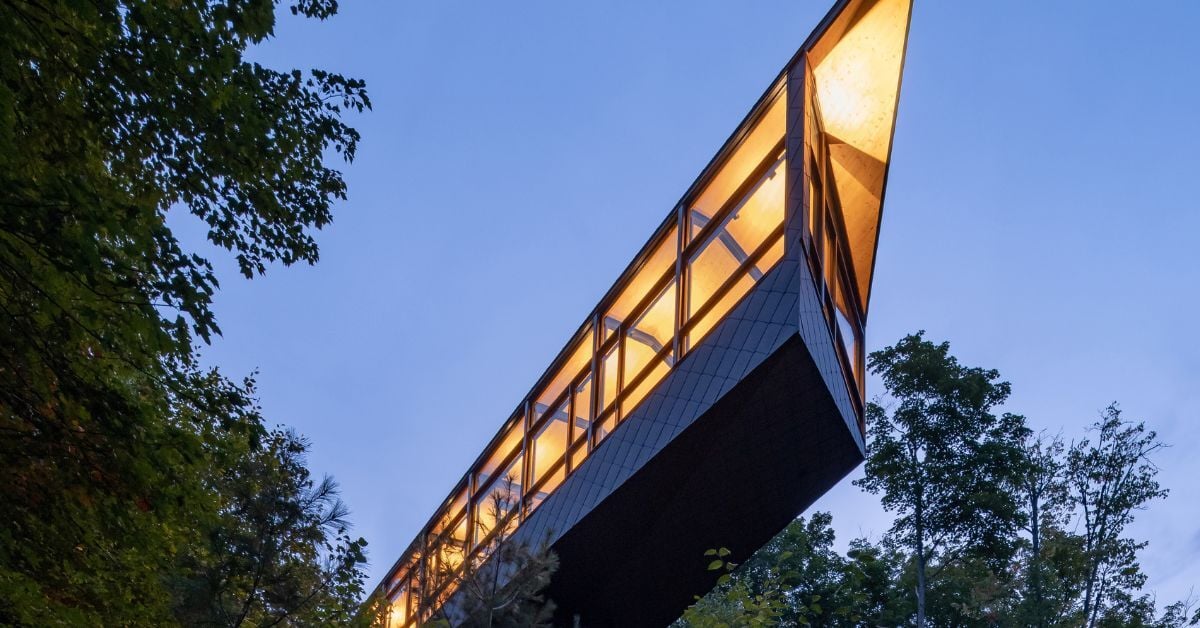
Creative Freedom and Structural Innovation
Steel unleashes the creative potential of contemporary architecture. Thanks to its malleability and its compatibility with a wide range of materials, it enables the design of innovative concepts and the realization of structures that once would have remained on paper.
This expressive freedom translates into an avant-garde design language, capable of generating unconventional architecture adaptable even to non-anthropized landscapes, opening new opportunities for construction sites and markets.
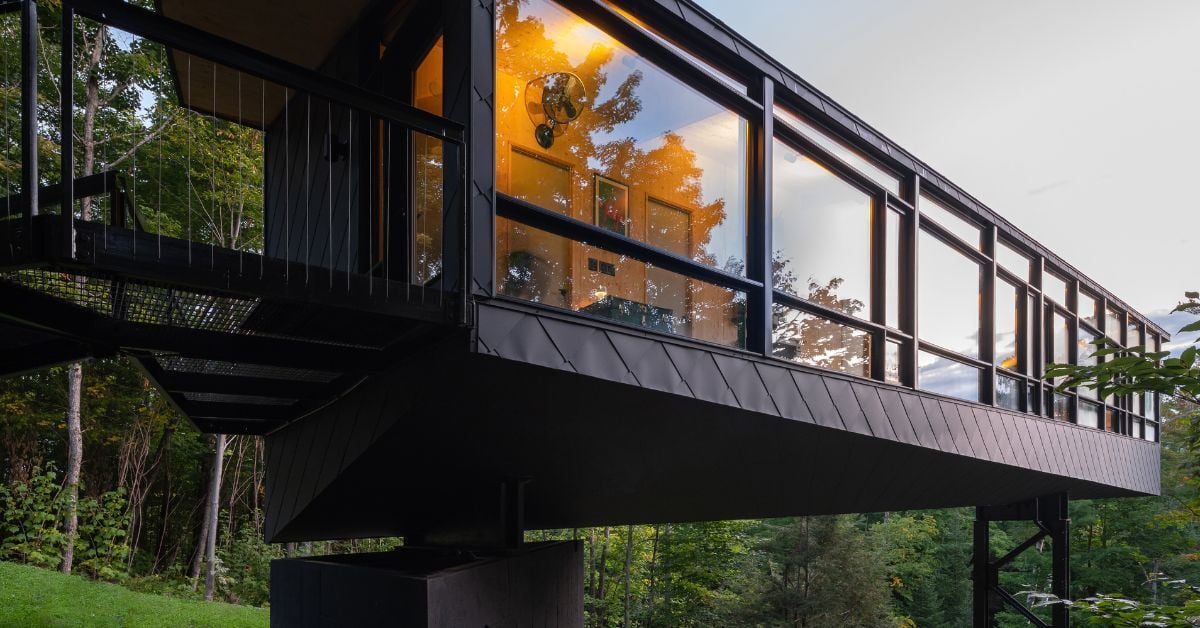
A real-world example: “m.o.r.e. Cabin”
The “m.o.r.e. Cabin” project, designed by Kariouk Architects and located in Lac Du Brochet, Wakefield, Quebec (Canada), is a virtuous example of how steel can enable sustainable and innovative architecture.
It is a 1000 ft2 residence nestled in the Canadian forest that reinterprets the iconic North American wooden cottage in a modern key. The structure is suspended, lightweight, and perfectly integrated into the landscape. Thanks to mindful design choices, it also minimizes environmental impact (solar-powered, high thermal efficiency of the CLT structure).
By building a structure suspended on a steel support mast, the designers creatively tackled both regulatory and morphological constraints while minimizing the impact that traditional foundations would have had in terms of erosion, thus preserving the area’s watershed. Moreover, shelters for brown bats—an endangered species—were integrated throughout the mast.
As this project demonstrates, it is possible for technology, environmental respect, and design vision to coexist. In this rapidly evolving context, where sustainability, efficiency, and design freedom have become essential to achieving greater market competitiveness, Manni Sipre out as a strategic partner in the construction industry.
Discover more on the STEELIOR division and how Manni Sipre could be a strategic partner for your steel projects
Project information
Cabin m.o.r.e. | Lac Du Brochet, Wakefield, Quebec, Canada; 2021
Architecture studio: Kariouk Architects
Type: Residential | Size: 1000 ft2
Project details kindly provided and shared by Kariouk Architects; Ottawa, Ontario, Canada
Photo credits: Scott Norsworthy


